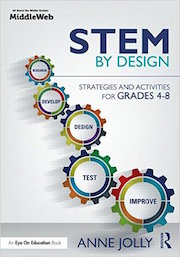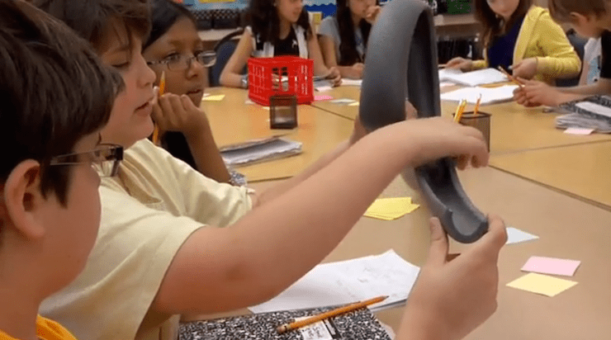STEM Lessons Sparked by Real World Problems
A MiddleWeb Blog
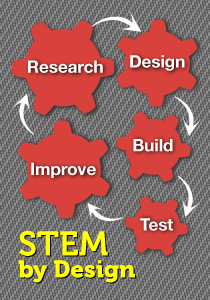 Authentic STEM focuses on problem-solving, and the best STEM lessons address some aspect of a real-world challenge that engineers and scientists might address.
Authentic STEM focuses on problem-solving, and the best STEM lessons address some aspect of a real-world challenge that engineers and scientists might address.
So STEM teachers often face a recurring problem when designing lessons for their classroom or school lab: Just how do you DO that? How do you build a STEM lesson around a real-world challenge?
That’s not always an easy thing to figure out. While there’s no single answer for that, I can give you an example of a STEM lesson that math colleague Judy Duke co-created with me (I was the science teacher in the mix), designed around a local environmental challenge. Here’s how we proceeded:
We started with a problem that students were interested in. One particularly painful problem in our area involved sand and clay from a large road construction project washing into streams. These muddy streams fed into the city reservoir, polluting it with excess sediments.
Local news reports showing a muddy reservoir fueled students’ indignation and they wanted to know how to stop those sediments from washing into the streams. That student question became the real-world problem for a great STEM project.
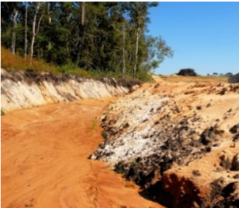
After some discussion we arrived at this STEM challenge: Reduce the rate at which sediment is being discharged from Spring Creek (a nearby creek) into a stream feeding the reservoir. We titled the project “Don’t Go with the Flow.”
We formulated ideas for how kids might conduct this project. We involved students in thinking this through with us, making sure that the process we decided on was doable and affordable. The process involved teams in designing and constructing a system of barriers in model stream beds, while following specific criteria and constraints. They would test their barrier systems, calculate the sediment discharge rates, redesign as needed, and document their results on Excel spreadsheets for class analysis.
We gathered and set up materials and equipment. What materials would teams need to set up streambed prototypes, construct barriers, and control the amount of water? What sediment would they use in their modeling? How would they collect and measure the sediment discharge? What would they do with left-over sediment and water?
Those are just a few questions we had to consider. Each team needed its own set of materials to simulate this sediment problem, so materials had to be inexpensive and easily accessible.
We planned our project facilitation process. We used a project-based learning approach for all STEM projects, including this one. Students would use an iterative engineering design process (EDP) to guide them in coming up with multiple ideas for solving the sediment problem.
As with all of our STEM projects, each team would work out its own design and approach. Our primary function as teacher-facilitators was to provide guidance with steps of the EDP and with teamwork.
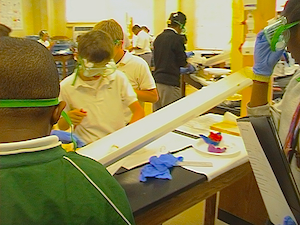
Students worked diligently to find solutions for the sediment problem. All teams discussed, selected, sketched, and constructed their respective barrier systems. To test its system, each team released a liter of water at a precise rate down the model streambed. Teams then measured the amount of sediment that got past the barriers and entered the stream (a bucket at the end of the streambed). They also clocked the amount of time this took. Team members used this data to calculate the sediment flow rate and decide whether to redesign the barrier system to hold back more sediment before recording their results.
Redesign is generally in order. Predictably, most barrier systems did not work well. That always provided important learning opportunities. After losing to Clemson in the 2019 National Championship game, Alabama coach Nick Saban directed his team, “Don’t waste a failure.” Good advice! This STEM project offered abundant opportunities for our students to learn the benefit of failure and the skill of persistence.
The project lasted 5 class days. Obviously, I didn’t do full-blown STEM projects every week, but I tried to do at least one such project per quarter. In between big projects, the kids worked on their subject matter and on specific STEM skills – things like teamwork, using specific digital technology, suggesting multiple solutions for a problem, and so on. STEM skills fit seamlessly into our everyday curriculum.
Where to look for more real-world problems
That, in a nutshell, gives you a starting point for designing a STEM lesson/unit around a real-world topic. If you’d like more information about designing STEM lessons, check out chapters 7-8 of my STEM By Design book and/or visit my book website for plenty of free materials and tips. This design tools page at the book site includes both teacher tips and student handouts – like this one about teaming.)
Here’s a parting tip: If you want to know more about real world problems, you can overview some of the big challenges at a couple of sites: Global Goals and Grand Challenges for Engineering. As an FYI, I edited the Grand Challenges to make them more middle school friendly, with approval from the National Academy of Engineers. You can download my version here.
